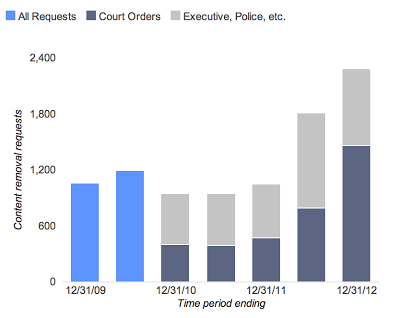Imagine a chamber. Now flip on the switch that creates a strong electrical field inside that chamber. Now imagine not one, but two laser guns mounted inside that chamber. Flip the switch that activates both of these guns and their targeting system. It does sound a bit scary already, doesn’t? Well, all we need know is a target. Imagine that. A moving one, inside the chamber. BZZZT! Laser guns zap the target, which now rips apart and hangs in the middle of the air, because of the magnetic forces of the electrical field. Snap the picture!
Cool, isn’t it? Well, now do a bit of scaling. The target that you just zapped in the chamber is the size of the hydrogen atom. It’s not tiny. It’s beyond tiny. You probably will need an industrial size telescope to even see the chamber! Slashdot points to the story that covers the experiment.
But, maybe, I’m just way out of sync. According to one of the Slashdot comments, it’s not as exciting as I picture it:
Now this would have been a fundamental breakthrough if it would have been done many decades ago. These days, we have extremely high confidence in our theoretical/computational models of the wavefunction of atoms and molecules. “Just as valuable for developing quantum intuition in the next generation of physicists?” Naah, this stuff has been well-known since before most of us were born.
Don’t get me wrong, I don’t mean to belittle this accomplishment – it’s all kinds of cool that they pulled off this experiment in the first place, and notwithstanding the huge body of other experimental evidence, it’s a beautiful direct confirmation of longstanding quantum mechanics theory. And as mentioned in TFA, provided they can scale this up to larger and less well-understood systems than the hydrogen atom, it might make it possible to obtain unique data on nontrivial materials like molecular wires. The only problem I have is that the Science editor is overselling it a bit; at the end of the day, it’s not going to change our quantum mechanical worldview the slightest.




















